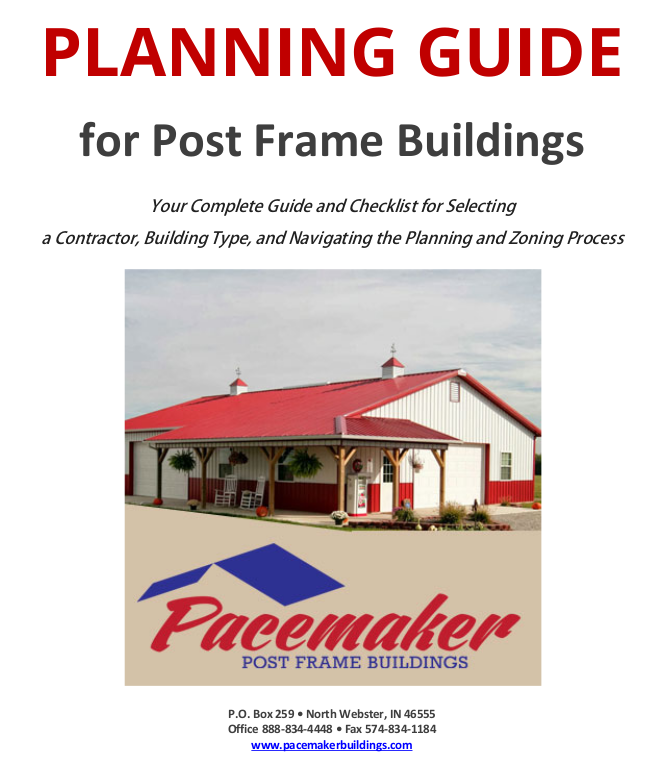When it comes to standing up to the elements to weather the storm, not all buildings are created equal. In regions prone to high winds, heavy snow, or severe storms, structural strength and design matter. That’s where post frame buildings shine. Engineered with durability in mind, post frame construction is known for its ability to perform under pressure—literally. Whether you’re facing seasonal storms or sudden weather events, these buildings are built to last.
Strength from the Ground Up
The foundation of a post frame building is key to its storm resistance. Unlike traditional stick-built structures that rely on continuous foundations and closely spaced studs, post frame buildings use widely spaced, large posts (or columns) that are either embedded deep into the ground or anchored securely to piers.
This method distributes loads more evenly and provides a stable base that resists shifting, even under intense wind forces. The deep-set columns act like anchors, giving the building a lower center of gravity and greater stability during high winds or ground movement.
Engineered for Wind and Snow Loads
One of the major benefits of post frame construction is that it’s highly customizable and can be engineered to meet specific local codes and climate demands. Whether you’re in a snow-heavy zone or an area known for windstorms, a post frame building can be designed with enhanced load resistance.
- Wind Resistance: The wide spacing between columns allows for larger wall panels and fewer seams, which reduces points of weakness. Roof trusses are connected directly to the main structural posts, creating a strong, unified framework. Many builders also use reinforced truss-to-post connections to enhance lateral stability.
- Snow Load Management: Roof pitch and truss spacing can be adjusted to accommodate expected snow loads. With proper engineering, the roof system distributes weight effectively, preventing sagging or structural damage during heavy snowfall.
Fewer Failure Points
Another reason post frame buildings perform well in extreme weather is their simplicity. Fewer framing components mean fewer potential failure points. Instead of hundreds of studs and joints, you have a series of large, solid posts connected by durable girts and trusses. This streamlined approach allows the building to flex slightly under stress rather than break.
Additionally, fewer joints and seams can also reduce the risk of leaks, which is especially valuable in rain-heavy or hurricane-prone areas.
Fast Repairs and Long-Term Reliability
In the rare case that a post frame building does suffer storm damage, it’s typically easier and more cost-effective to repair. Components are modular, meaning damaged sections can often be replaced without having to dismantle large portions of the structure.
When built and maintained properly, post frame buildings offer decades of reliable performance. Add in weather-resistant finishes, proper drainage planning, and quality construction practices, and you have a building that can handle just about anything Mother Nature throws its way.
The Bottom Line
From wind and rain to snow and storms, post frame buildings are engineered to stand strong. Their unique structural system, combined with modern materials and customizable design, makes them a smart, storm-resistant solution for agricultural, commercial, and industrial use. When durability matters, post frame delivers.
Contact Pacemaker To Get Started On Your Post Frame Building
Pacemaker Post Frame Buildings, located in North Webster, Indiana, has built a strong reputation for excellence across Northern Indiana, Northwest Ohio, and Southwest Michigan. With decades of experience, their team delivers expertly crafted, custom post frame structures—providing comprehensive support from the earliest design ideas to the final build.
Want to see their work in action? Browse the Gallery to explore completed projects and get inspired.Have questions or are you ready to begin your own build? Reach out today by calling 888-834-4448 or filling out the Contact Us form to connect directly with a Pacemaker expert.
